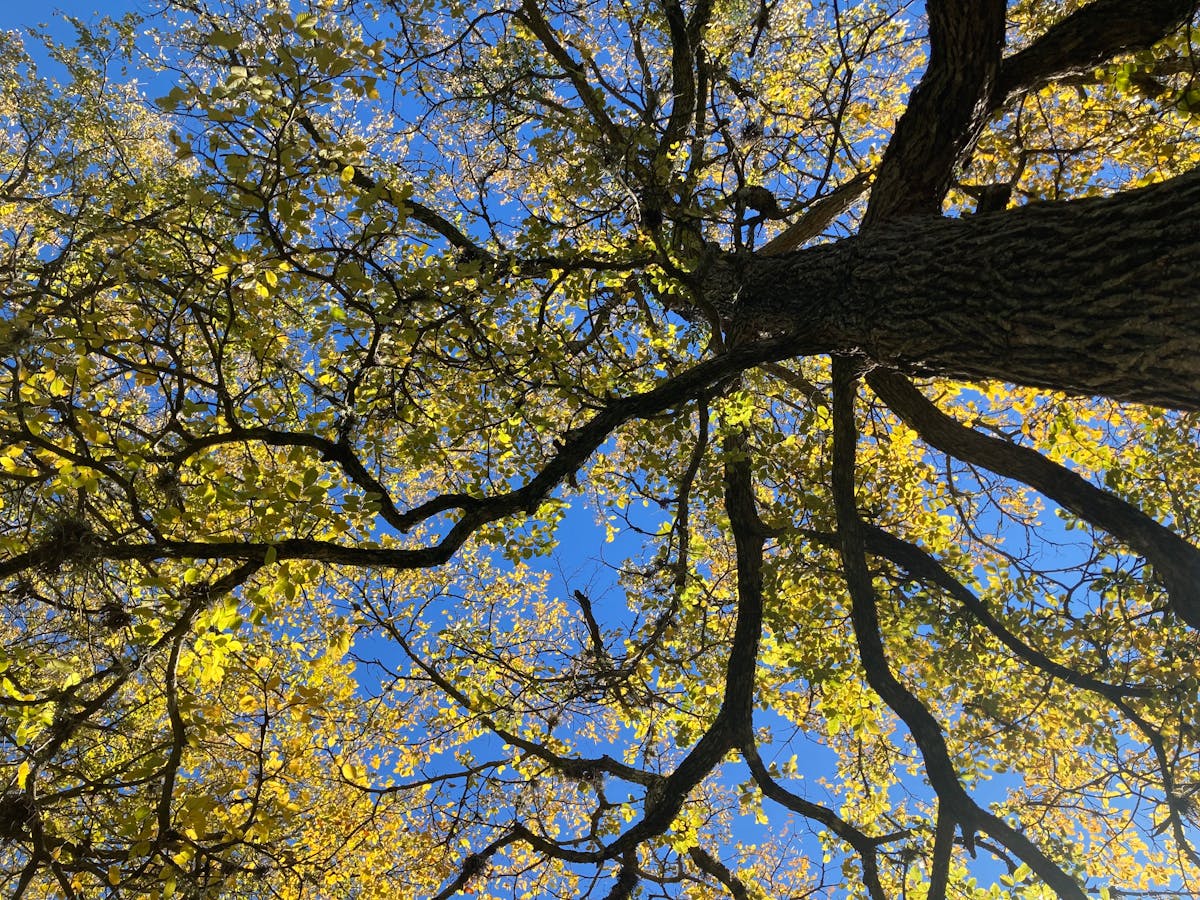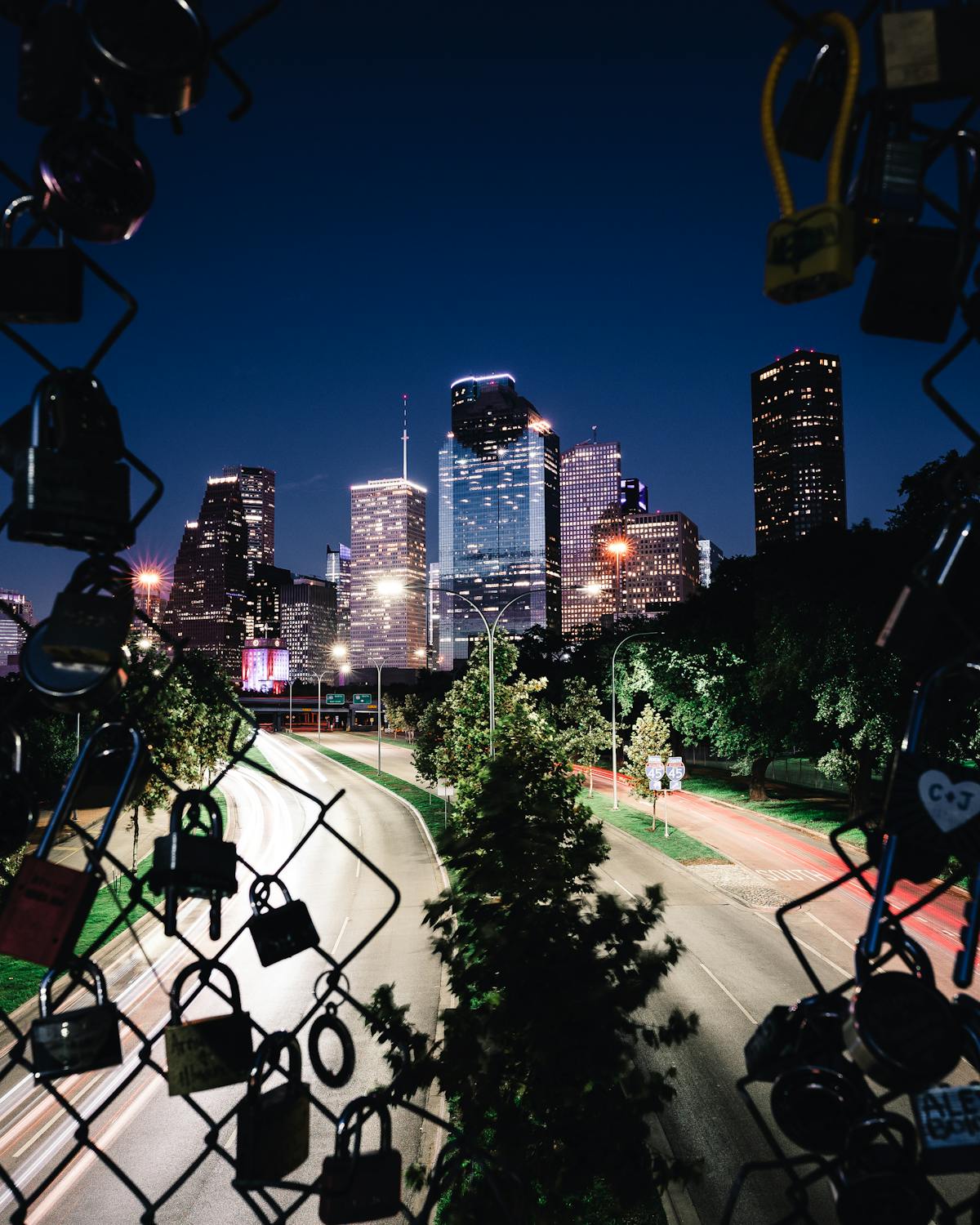Austin, Texas, is a city known for its vibrant music scene, delicious BBQ, and laid-back culture. But one of its most spectacular natural wonders unfolds nightly beneath the Congress Avenue Bridge. Millions of bats take flight, creating a breathtaking spectacle against the twilight sky. It’s a question many visitors ask: where do the bats in austin go after they emerge?
This article dives deep into this fascinating phenomenon, offering insights into the lives of Austin’s famous bat colony and how you can best witness their incredible nightly exodus. If you’re planning your trip and wondering [austin texas where to go](https://lifetodiscover.com/austin-texas-where-to-go/) beyond the bats, Austin offers endless possibilities that reflect its unique character.
The Iconic Austin Bats: What and Why?
The stars of this nightly show are Mexican free-tailed bats (Tadarida brasiliensis). The colony residing under the Ann W. Richards Congress Avenue Bridge is estimated to be the largest urban bat colony in North America, numbering up to 1.5 million individuals during peak season. This wasn’t always a celebrated attraction; when the bridge was renovated in 1980, the expansion joints created perfect crevices for the bats to roost. Initially, there was public fear and even calls to exterminate the colony. However, thanks to the efforts of Bat Conservation International and local advocates, people began to understand the bats’ ecological importance and fascinating nature. Today, they are a beloved symbol of Austin and a major tourist draw.
So, Where Do the Bats in Austin Go?
This is the fundamental question for anyone watching the spectacle. When the sun dips below the horizon, signaling the end of the day, the vast colony begins its emergence. They don’t just fly around aimlessly; they head out on a crucial mission: foraging for food. The primary answer to where do the bats in austin go is simple: they go out to eat!

What to Eat in Fort Worth – A Culinary Deep Dive
Discover the Top Restaurants in Denver – A Culinary Journey
Discover Where to Visit in Las Vegas
These insectivorous bats consume enormous quantities of insects every night, including moths, mosquitoes, and agricultural pests. They can fly up to 100 miles in a single night and reach speeds of up to 60 mph, making them incredibly efficient hunters across the Texas landscape, particularly over the fields and farmlands surrounding Austin. They navigate using echolocation, sending out sound waves and listening for the echoes to pinpoint their tiny prey in the dark. After a night of feasting, they return to the bridge before dawn to rest and digest.
When to Witness the Austin Bat Flight
Seeing the bats is a seasonal event. The Mexican free-tailed bats are migratory, spending their winters in Mexico and Central America. They typically arrive in Austin from early March to late April, seeking a safe place to roost and raise their young. The colony grows significantly during the summer months when pups are born and begin to fly. The peak viewing season is generally from late May through August and September, when the colony is at its largest and the nightly emergence is most dramatic.
As the weather cools in the fall, usually around late October or early November (often after the first significant cold front), the bats begin their migration back south. While climate change has influenced migration patterns slightly, sometimes leading to earlier arrivals or later departures, checking current conditions and local reports is always the best way to confirm their presence.

The nightly emergence time is perhaps the most crucial detail for planning your visit. The bats typically begin to fly out approximately 30 to 60 minutes before sunset. This timing varies throughout the season, so it’s essential to check the specific sunset time for Austin on the day you plan to visit. Arriving 60-90 minutes before sunset is highly recommended to secure a good viewing spot and witness the initial trickle before the full cascade begins.
Choosing Your Bat Watching Spot
There are several ways to experience this incredible natural phenomenon, each offering a slightly different perspective. Your choice might depend on your budget, desired experience, and how close you want to get to the action.
Free Viewing Spots
The most popular (and free!) option is to join the crowds on the sidewalk of the Congress Avenue Bridge itself. You’ll be directly above the bats, experiencing the sound and rush of air as they emerge from beneath your feet. It can get very crowded, especially during peak season and on weekends, making it challenging to get a clear view unless you arrive early.
Another free option is the dedicated bat viewing area located on the lawn below the southeast corner of the bridge, on the Lady Bird Lake trail side. This spot offers a slightly different angle, looking up at the bridge. It can also get crowded but generally offers a bit more space than the bridge sidewalk.
Bat Watching Tours by Boat
For a less crowded and often more spectacular view, consider taking a bat watching tour by boat on Lady Bird Lake. Boats position themselves directly in front of or slightly below the bridge, offering an unobstructed view of the bats silhouetted against the twilight sky. This perspective allows you to fully appreciate the scale and formation of the emergent stream.

Several operators offer these tours, including Capital Cruises and Lone Star Riverboats. These tours typically last around an hour, coinciding with the bat emergence time. Booking in advance, especially during the busy summer months, is highly recommended as they frequently sell out. It’s a comfortable way to see the bats and often includes commentary about the bats and the Austin skyline.
Kayak or Stand-Up Paddleboard Tours
For a unique and active experience, consider a bat watching tour by kayak or stand-up paddleboard (SUP) on Lady Bird Lake. Operators like Live Love Paddle offer guided tours that take you onto the water before sunset. Paddling provides a tranquil perspective and the ability to get close to the bridge from a low angle.
Being on the water can also feel cooler on a hot Austin evening. These tours are popular and offer fantastic photo opportunities not only of the bats but also of the downtown Austin skyline at sunset. It’s a memorable way to combine outdoor activity with witnessing the natural spectacle. Check with operators for age and weight restrictions and book ahead.
Planning Your Bat Watching Trip: Practical Tips
Beyond deciding where and how you’ll watch, a few practical considerations can enhance your experience.
- Parking: Parking downtown, especially near Congress Bridge, can be challenging and expensive. Metered street parking is limited. Paid parking garages (like those near the Hyatt or Palmer Events Center) are options. Consider using ride-sharing services (Uber/Lyft), scooters, or walking if staying downtown. Some free parking spots exist on the south side of Lady Bird Lake but fill up quickly, particularly with users of the hike and bike trail.
- Timing is Key: Arriving early is crucial, whether you’re planning to stand on the bridge or board a tour. This ensures a good spot and allows you to settle in before the main event.
- Prepare for Conditions: Austin summers are hot and humid. Bring water! Evenings can still be warm. While the bats eat mosquitoes, mosquitoes can still be present near the lake, especially on humid nights. Bug spray is advisable. A light jacket might be needed in the spring or fall.
- Patience: The bat emergence doesn’t happen all at once. It starts as a trickle and builds into a massive stream. The full flight can take 30-45 minutes. Stay patient and enjoy the evolving spectacle.
- Noise: It can be noisy on the bridge with crowds and traffic. Boat or kayak tours might offer a slightly quieter experience.
- Respect the Wildlife: Remember these are wild animals. Avoid making loud noises or shining lights directly at the bridge openings. Give them space as they emerge.
More Than a Spectacle: The Story of Austin’s Bats
The presence of such a massive bat colony in the heart of a bustling city is a testament to both the adaptability of nature and the eventual willingness of humans to coexist. The bats under Congress Bridge weren’t a planned attraction; they chose the bridge after its renovation provided ideal conditions. What began with trepidation evolved into appreciation as Austinites recognized the incredible service these bats provide by consuming thousands of pounds of insects nightly, reducing the need for pesticides and contributing to a healthier environment.
This colony has become an integral part of Austin’s identity and economy, drawing visitors from around the globe. It highlights the potential for urban environments to support significant wildlife populations when the right conditions exist and conservation efforts are embraced.
Beyond the Bats: Discovering More of Austin
While the nightly bat show is a must-see, Austin is packed with other incredible experiences. From its legendary live music venues to its burgeoning culinary scene and outdoor activities along Lady Bird Lake, there’s always something happening. Exploring the city’s unique neighborhoods, visiting its museums, or enjoying its numerous parks offers a deeper dive into what makes Austin special. If you’re exploring the area and wondering exactly [what is there to do in downtown austin](https://lifetodiscover.com/what-is-there-to-do-in-downtown-austin/), you’ll find a vibrant energy day and night, reflecting the city’s diverse culture and creative spirit.
Frequently Asked Questions About the Austin Bats
- What time do the bats fly out? The bats typically emerge 30-60 minutes before sunset. Check the exact sunset time for the day you visit and plan to arrive well in advance.
- Are the Austin bats always there? No, the bats are migratory. They are usually in Austin from early March/April until late October/November.
- Is it free to see the bats? Yes, you can watch the bats for free from the Congress Avenue Bridge sidewalk or the viewing area on the southeast side of the bridge. Paid boat and kayak tours are also available for a different perspective.
- What kind of bats are they? They are Mexican free-tailed bats (Tadarida brasiliensis).
- Why do they live under the bridge? The bridge’s expansion joints created narrow, protected spaces that mimic the caves and rock crevices where these bats naturally roost.
In conclusion, the answer to where do the bats in austin go is straightforward – they venture out into the night sky to feed, providing an essential ecological service. But the experience of watching millions of these incredible creatures take flight is anything but simple; it’s a captivating natural spectacle that embodies the unique blend of urban life and wild nature found in Austin, Texas. It’s a must-do experience that connects you directly to the pulse of the city and the wonders of the natural world.

